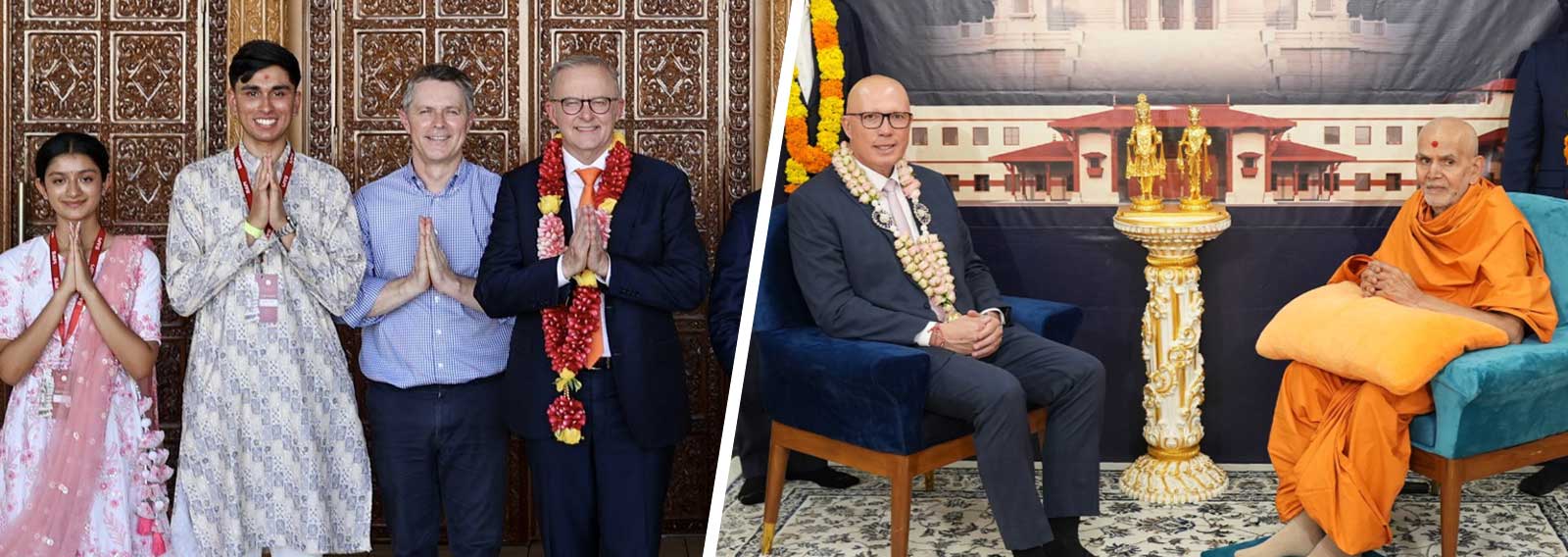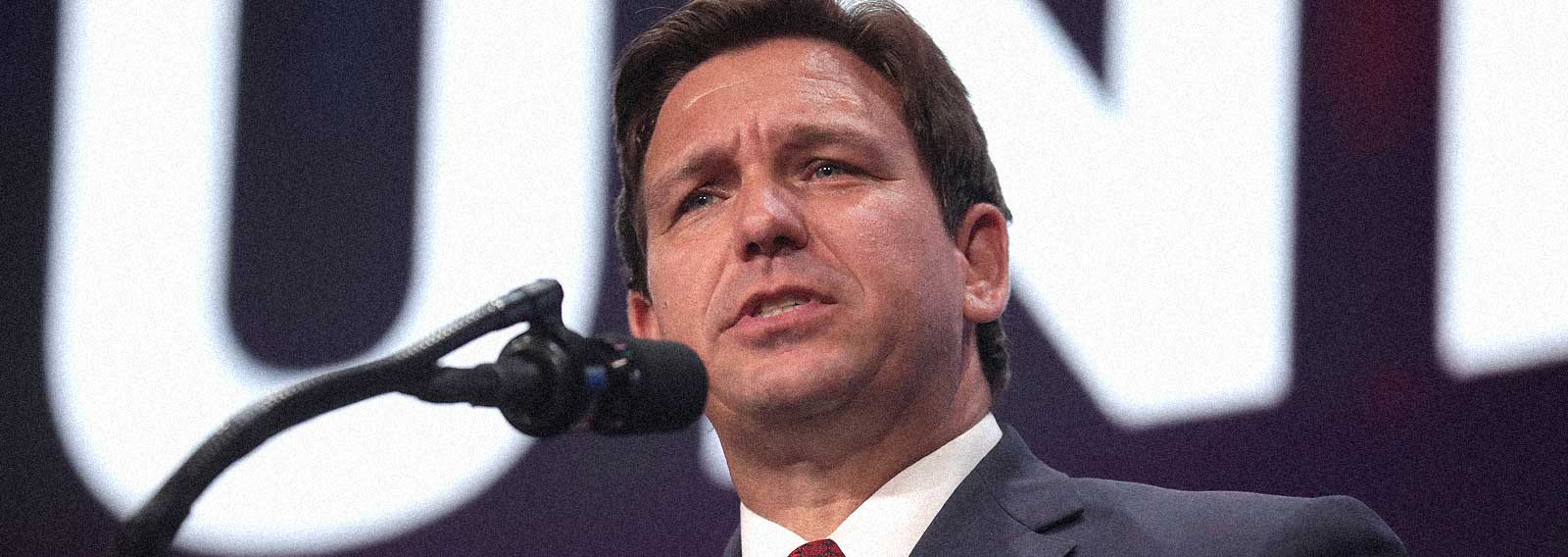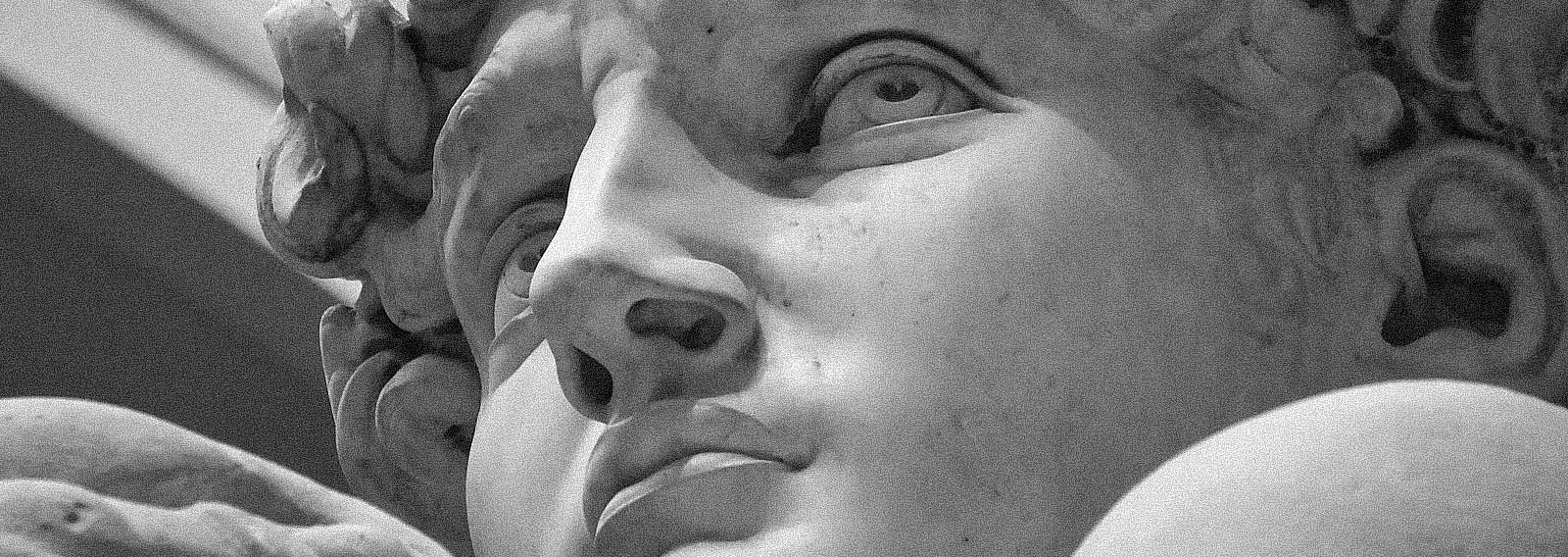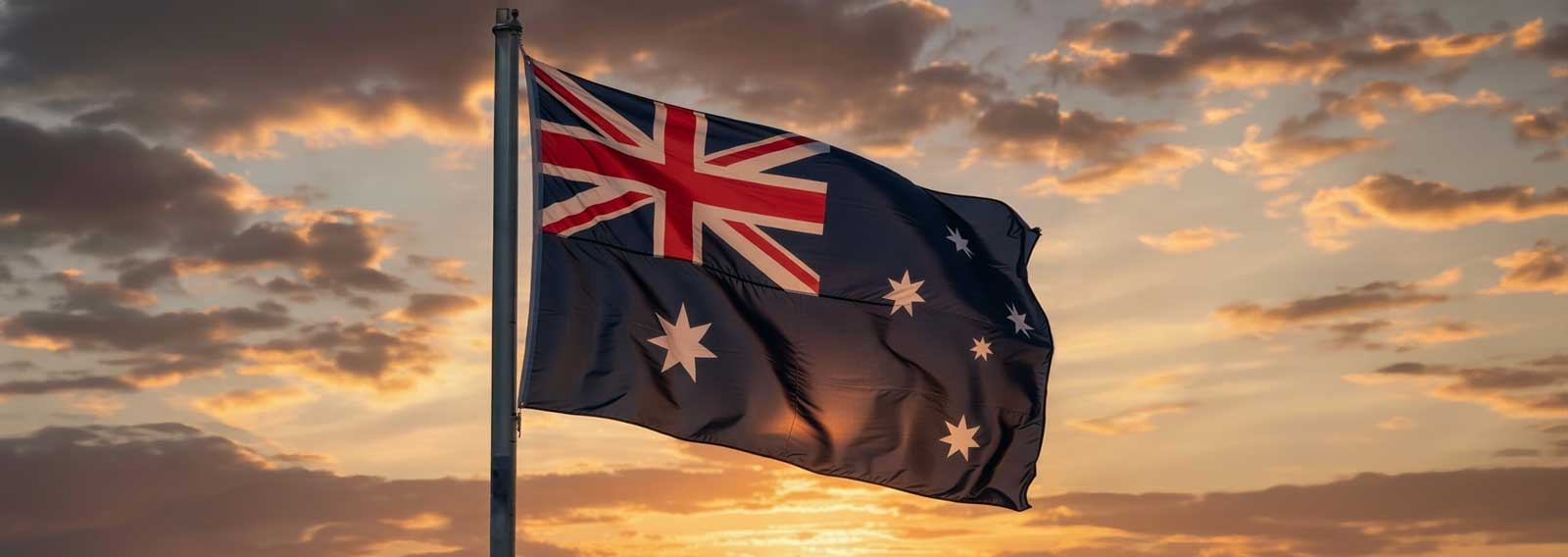As the 2025 Australian federal election approaches, both the Liberal and Labor parties are ramping up their campaigns to attract Hindu voters. The Indian-born population in Australia reached 710,000 by 2021, up by more than 55.3% since 2016. That figure is now nearing one million.
As such, Hinduism is recognized as the country’s fastest-growing religion, not due to conversion, but through the mass immigration of Indians into Australia. It’s no surprise that Australia’s two major political parties view the Hindu vote as a crucial component of their electoral strategies.
Opposition Leader Peter Dutton has pledged to allocate $8.5 million, if elected, to establish Australia’s first Hindu school. He’s starting with $850,000 for the Hindu Council of Australia to put together a business case, and the rest–$7.65 million—will go towards construction if it gets the green light, and may involve more money in time.
Opposition Leader Peter Dutton has committed $8.5 million to establish Australia’s first Hindu school, and promises further funding in the years ahead if the Coalition wins the upcoming election.
— Australians vs. The Agenda (@ausvstheagenda) March 24, 2025
h/t @TheAusToday pic.twitter.com/ADnrWldGVm
Dutton stated, “Australia is fortunate” to have nearly a million Indian immigrants, adding that he “wants those numbers to continue to increase.”
THIS GUY IS NOT A CONSERVATIVE !!pic.twitter.com/wAfsZvD5zS
— TrueBlueRebel (@pepedownunder) March 19, 2025
Dutton’s pledge follows Prime Minister Anthony Albanese’s announcement that Labor would support the nation’s first Hindu school, to be operated by the Hindu Education and Cultural Centre, after the organization acquired land in Sydney’s north-west.
Tonight the PM announced that Labor will support the establishment of the first Hindu school right here in Western Sydney.
— Jason Clare MP (@JasonClareMP) March 15, 2025
There are more than 684,000 Hindus in Australia and it’s about time their vision to have a school is realised.
Great to celebrate Fuldol and Holi at… pic.twitter.com/LBGor4YcgJ
In Australia, several suburbs are now recognized as “Little India” due to their significant Indian communities and concentration of Indian business, such as Harris Park. In May 2023, during a visit from Indian Prime Minister Narendra Modi, the area was officially designated as “Little India” by Modi and Australian Prime Minister Anthony Albanese. This recognition underscored its significant Indian population—approximately 45% of residents are of Indian descent, according to the 2021 Census.
Earlier this month, Australia unveiled its tallest metal statue in the country, a 49-foot tall depiction of Swaminarayan, a manifestation of “God,” according to Hinduism. The golden Hindu idol is located in Sydney and is part of the $41 million BAPS Swaminarayan Sanstha cultural precinct, which spans 25 acres—about the size of 14 football fields. Swaminarayan, who lived from 1781 to 1830, is revered by his followers as a divine incarnation and the founder of a reformist Hindu movement.
The unveiling ceremony was attended by federal ministers Chris Bowen and Michelle Rowland, who welcomed Mahant Swami Maharaj, the 93-year-old spiritual head of the Swaminarayan Order. The statue has since been visited by Opposition Leader Peter Dutton, who claimed “faith-based communities,” such as Hinduism, “are a vital part of Australia’s story.”
Of course, the value of any “faith-based community” entirely depends on the object of that religion’s faith. If we want to measure any religion’s “faith,” we can simply look at the communities where those religions operate without the restrictions and limitations imposed by Western law and Christian culture. So, the question we should be asking is: how many Australians have looked to Hindu India and thought, “We need more of that in Australia”?
Our politicians have argued that this new commitment to Hinduism represents a new step towards “religious neutrality,” by giving equal space to a plurality of religious systems. However, as we’ve argued before, this claim is absurd. True religious neutrality is a myth; every society has a predominant faith that shapes its moral landscape.
Every society has a dominant religion to which all other religious expressions must conform. In every predominantly Christian nation, alternative religions are, to some extent, shaped or restrained by Christianity. The more of these religions a nation imports, the harder it becomes to maintain those restraints. This is not only due to their growing numbers but also because our politicians are often eager to loosen these restrictions in exchange for votes.
This is just one obvious issue with multiculturalism. Our leaders often end up pouring taxpayer money into projects aimed at specific groups that undermine Western culture just to lock in their political support. But our politicians seemingly have zero consideration for the cultural impacts these projects will have on Australia’s future.
When you introduce large numbers of people, their culture, religion, and moral values come along with them. The more people who arrive, the harder it gets for them to integrate into the host nation’s culture. What you end up with is a higher likelihood of a fragmented society—in effect, nations-within-nations. But the question we should always be asking is, will this shape our nation for the better or worse?
Ultimately, every religion should be evaluated based on its truth claims and the impact those beliefs have on society. One effective way to assess these effects is to examine societies where these beliefs have been deeply rooted over time. For example, we can consider a nation with a Hindu majority, such as India, where nearly 80% of the population embraces Hinduism.
India is ranked number 11 on the Open Doors World Watch List for 2025, which identifies the top 50 countries where Christians face the most extreme persecution. Hindu extremists in India, driven by the nationalist Hindutva ideology, are intensifying efforts to eradicate Christianity and Islam through widespread violence. Viewing Christians as outsiders, extremists have attacked believers, burned homes, and displaced families.
Twelve states have enacted anti-conversion laws, criminalizing Christian evangelism, with Uttar Pradesh recently adding life imprisonment as a penalty. Converts from Hinduism face severe persecution, including physical assaults, killings, and forced reconversion campaigns like Ghar Wapsi. House church leaders and tribal Christians are also targeted, with extremists pushing to strip converts of rights.
Despite Prime Minister Modi’s mid-2024 coalition including religious freedom advocates, violence against Christians continues unabated, often with impunity where authorities share extremist views.
So, the question we ought to be asking is, does India represent the kind of nation that Australia ought to model itself on? Without proper integration, increased immigration could reshape Australia in ways that challenge its foundational values at present, and lead to a very different Australia in the future. As we’ve said before, what we sow today, our children will reap tomorrow.






















